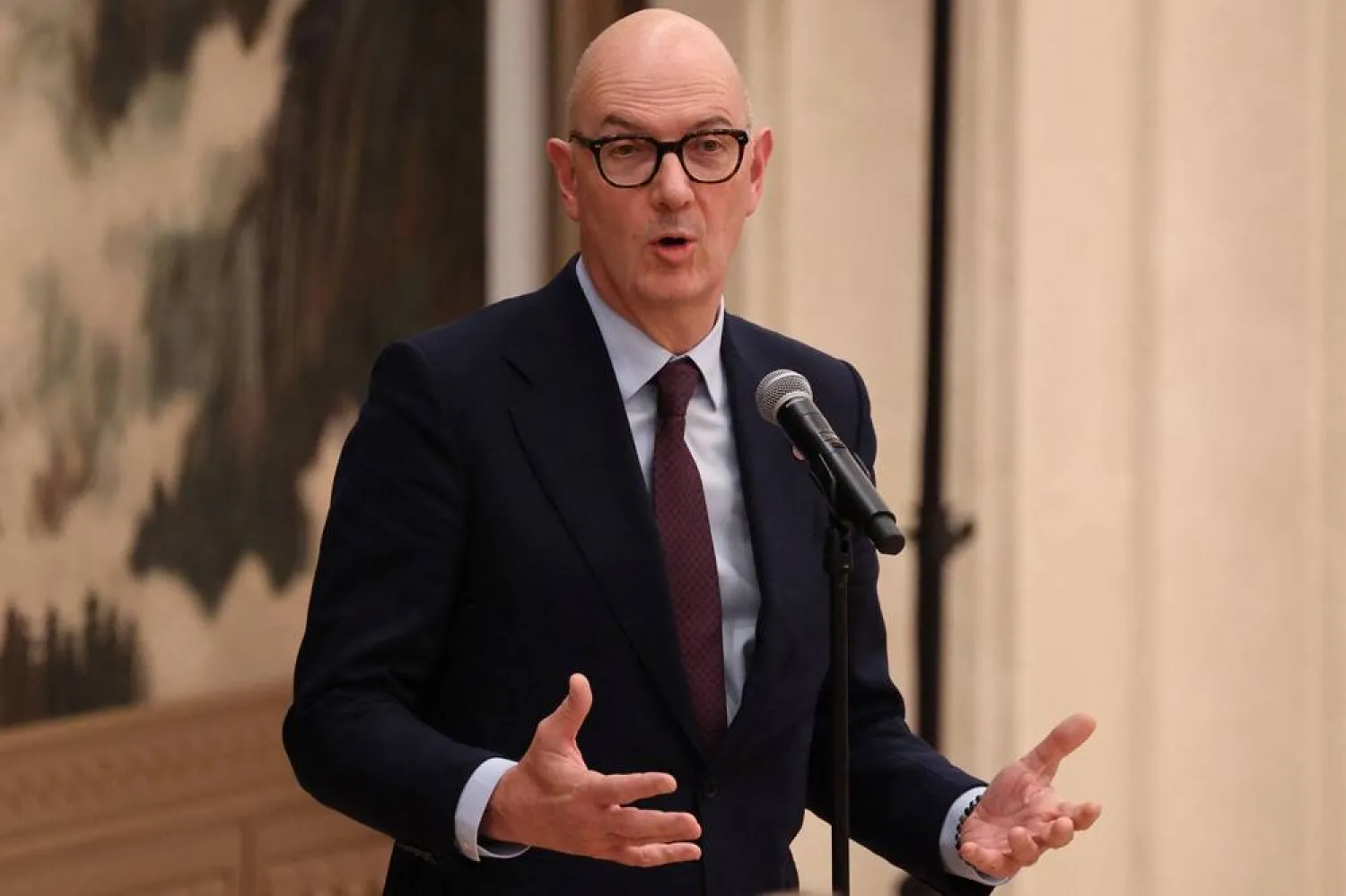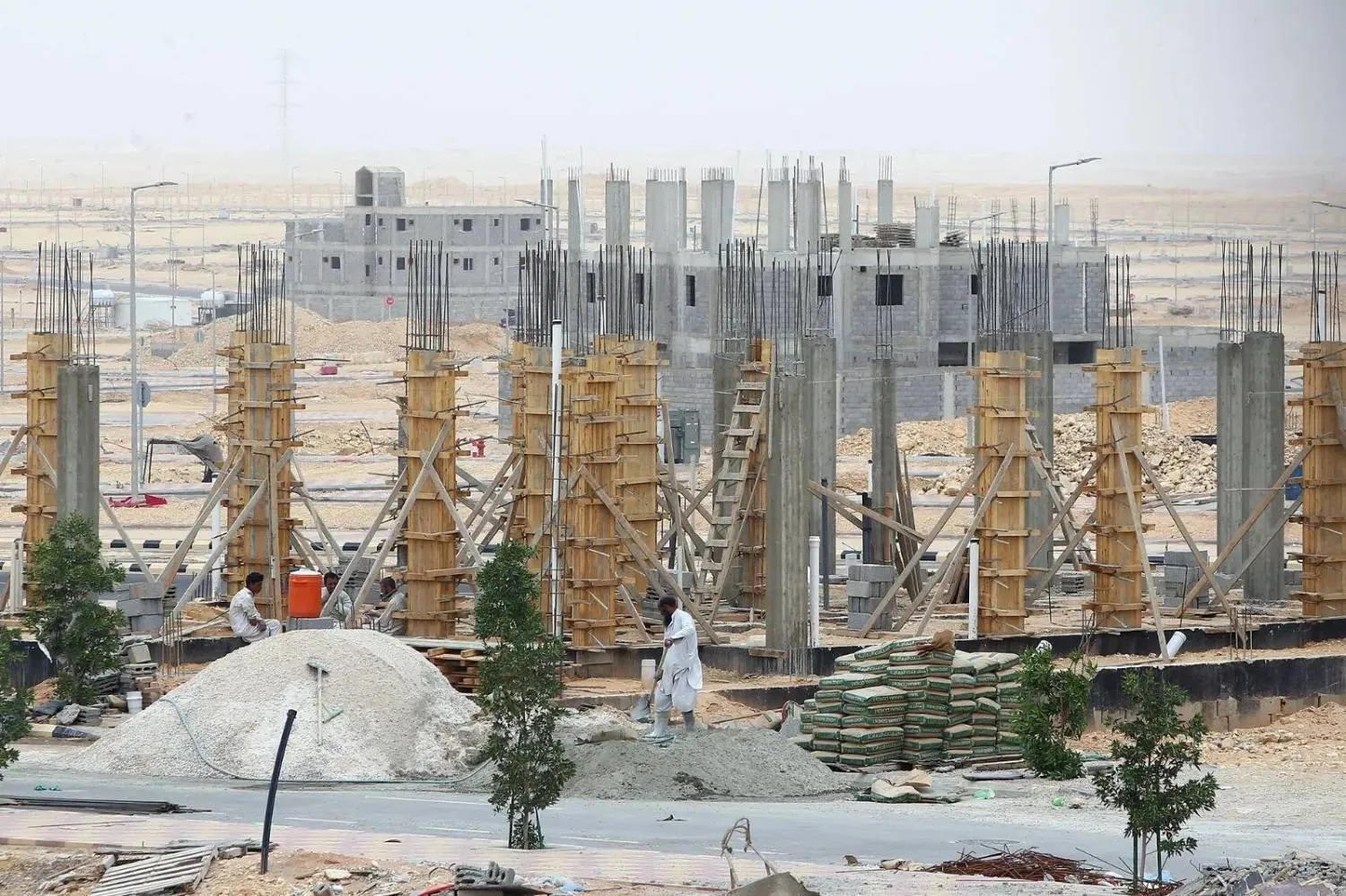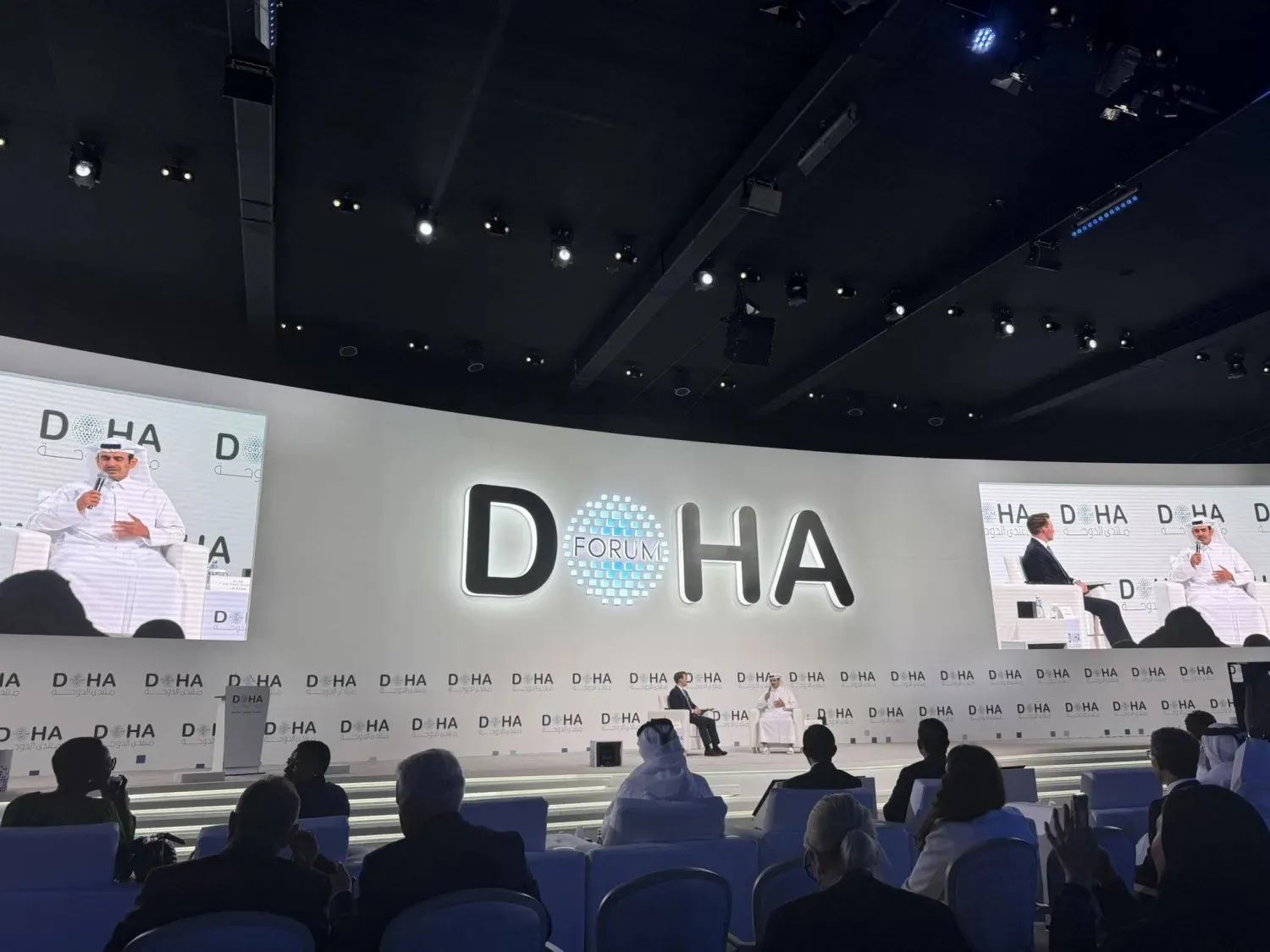Prince Mohammed bin Salman bin Abdulaziz Al Saud, Saudi Crown Prince and Prime Minister, has designated “King Salman Automotive Cluster" as the official name of the cluster for automotive manufacturing activities, located within King Abdullah Economic City (KAEC).
The hub will be a crucial step in Saudi Arabia’s economic diversification and will be an enabler for the automotive sector and sustainable transportation, contributing to raising non-oil GDP and increasing exports. The cluster enhances the automotive sector in Saudi Arabia by accelerating the growth of local capacity in manufacturing and sector-related research and development, and by making supply chains to serve regional and international markets more efficient.
King Salman Automotive Cluster will be a major center for the automotive sector and will have headquarters and factories for local and international companies. Notable companies include Ceer, the first Saudi electric car brand, and Lucid Motors, which opened its first international factory in KAEC in 2023. It will also host several PIF joint projects with global manufacturers, including Hyundai Motor – establishing a highly automated factory for manufacturing cars in Saudi Arabia – and a joint venture agreement with Pirelli to establish a tire factory locally.
The cluster aims to create optimal investment opportunities for the private sector to develop promising sectors in Saudi Arabia. It is expected that the cumulative GDP contribution from companies operating in King Salman Automotive Cluster will reach approximately SAR 92 billion by 2035. The cluster will also contribute to the creation of many direct and indirect jobs, support the local manufacturing sector, and increase Saudi exports to regional and global markets, which will positively impact the national balance of payments.
King Salman Automotive Cluster will leverage the supportive environment and investment incentives provided by KAEC, including its logistical infrastructure, and its proximity to a highly developed port in a vital location for global trade. These factors will provide opportunities for the local private sector and international companies to engage as partners, suppliers, and investors in the automotive sector and its related services.
The new King Salman Automotive Cluster will contribute to achieving Saudi Vision 2030, which aims to diversify the economy and achieve sustainable growth. The cluster will also be a major contributor to fulfilling the aims of the National Industrial Development and Logistics Program, which seeks to position Saudi Arabia as a leading industrial nation and a global logistics center by developing high-growth sectors locally and attracting foreign investment. This is in addition to supporting the objectives of national strategies for industry, transport and logistics.
Automotive and mobility is one of PIF’s strategic investment sectors, highlighted by partnerships with the private sector. PIF’s portfolio has several investments with the aim of enhancing the industry’s infrastructure and developing the sector’s local supply chain capacity. PIF is also contributing to enhancing local expertise and technology through joint ventures with major international manufacturers.
Saudi Crown Prince Announces 'King Salman Automotive Cluster' in KAEC

Saudi Crown Prince Mohammed bin Salman bin Abdulaziz Al Saud. Asharq Al-Awsat

Saudi Crown Prince Announces 'King Salman Automotive Cluster' in KAEC

Saudi Crown Prince Mohammed bin Salman bin Abdulaziz Al Saud. Asharq Al-Awsat
لم تشترك بعد
انشئ حساباً خاصاً بك لتحصل على أخبار مخصصة لك ولتتمتع بخاصية حفظ المقالات وتتلقى نشراتنا البريدية المتنوعة







